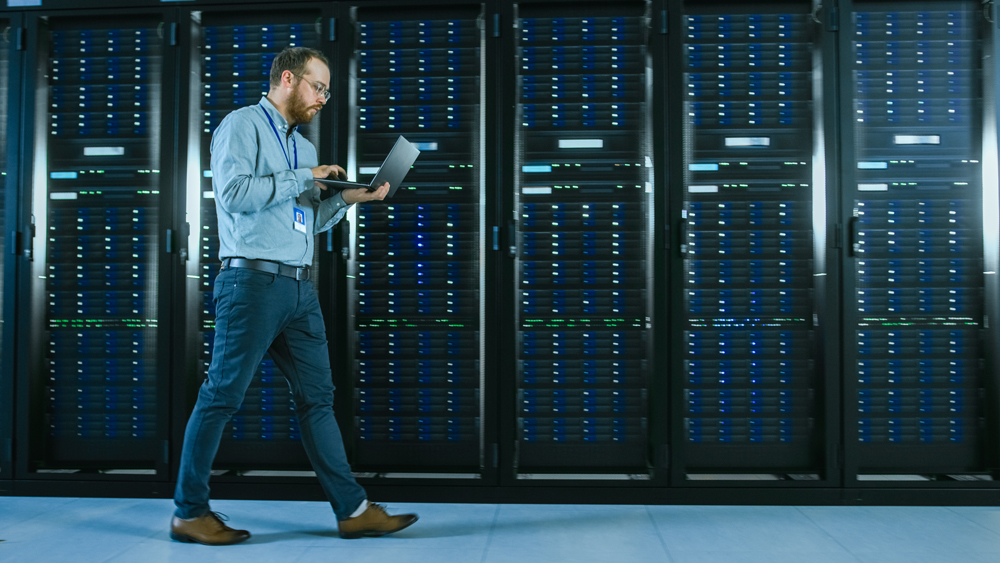|
|
|
|
|
|
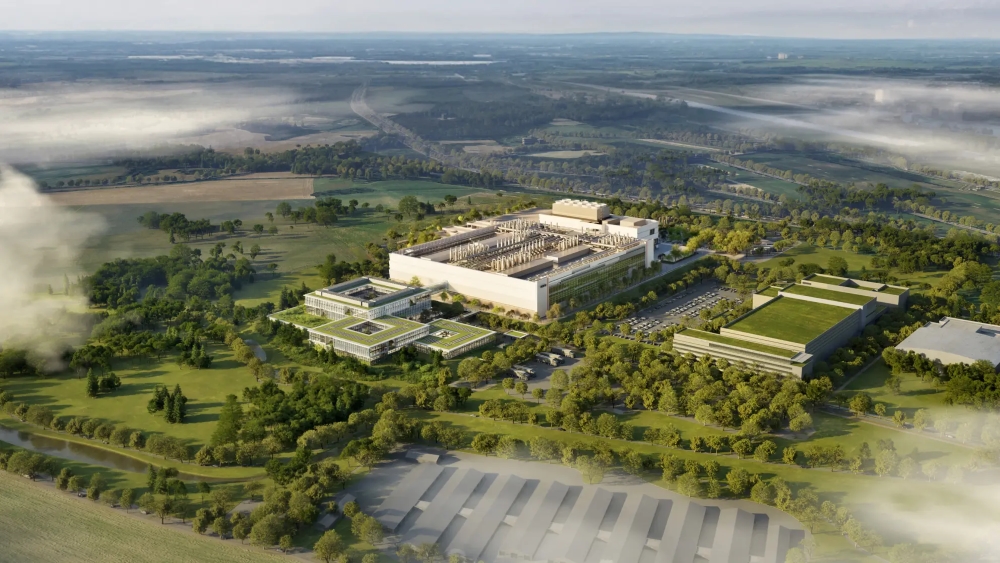
|
|
|
|
Biggest of the Big
We look in on three lists of 2024 corporate end-user facility projects abroad as tracked by the Conway Projects Database: Top 10 by investment, Top 10 by jobs and Top 10 by project area.
|
|
|
Read More >>>>
|
|
|
|
|
|
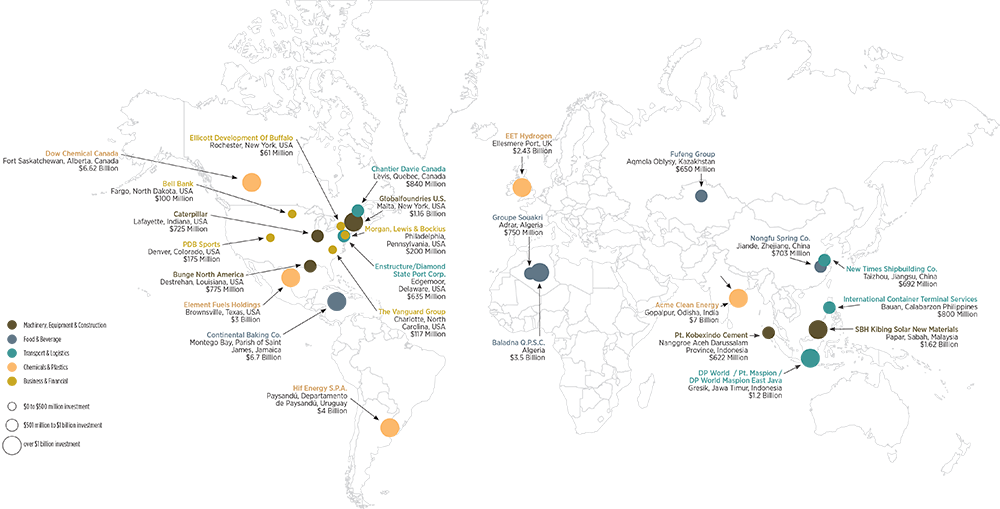
|
|
|
TOP INDUSTRIES
The Machinery of Business Evolves
Machinery, equipment & construction was the sector tallying the most projects in Site Selection’s Conway Projects Database for the eighth year in a row. The fastest-growing was business & financial services, which saw a 23.7% jump in global projects from 2023’s total. Check out our map of the top five projects in each category.
|
|
|
Read More >>>>
|
|

|
|
|
NEW MEXICO
Land of Enchantment … & Sustainability
Alexis Elmore chronicles projects in the Albuquerque region from Ebon Solar, Maxeon Solar Technologies and Array Technologies. And an array of potentially connected helium, data center and cryptocurrency mining projects may be on the way from Desert Mountain Energy at a site new Roswell.
|
|
|
Read More >>>>
|
|
|
|
|
ADVERTISEMENT

|
|
|
|
|
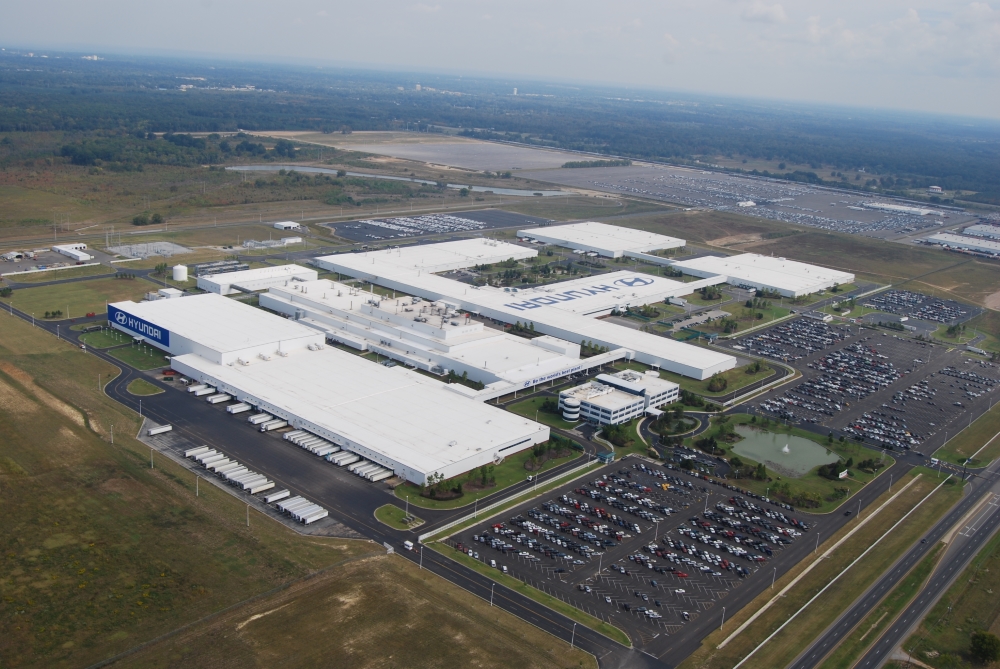
Photo courtesy of HMMA
|
|
The advent of U.S. tariffs has focused global automotive leaders on how to engage with and react to the evolving situation. One company in celebration mode, however, is Hyundai Motor Manufacturing of Alabama, which this year is recognizing the 20th anniversary of its launch in Montgomery. Site Selection’s Ron Starner originally documented Hyundai’s location decision-making process for that complex: “Fast Track” was the cover story our May 2003 issue.
Those wishing to learn more about the Hyundai perspective on investing in America can look toward the SelectUSA Investment Summit in National Harbor, Maryland, in May, where Hyundai Motor Company President and CEO José Muñoz will be among those taking the stage. The company last month pledged to invest $21 billion and create 14,000 jobs in the United States, then two days later held the grand opening for its $7.59 billion, 8,500-job metaplant near Savannah, Georgia.
|
|
|
|
|
|
|
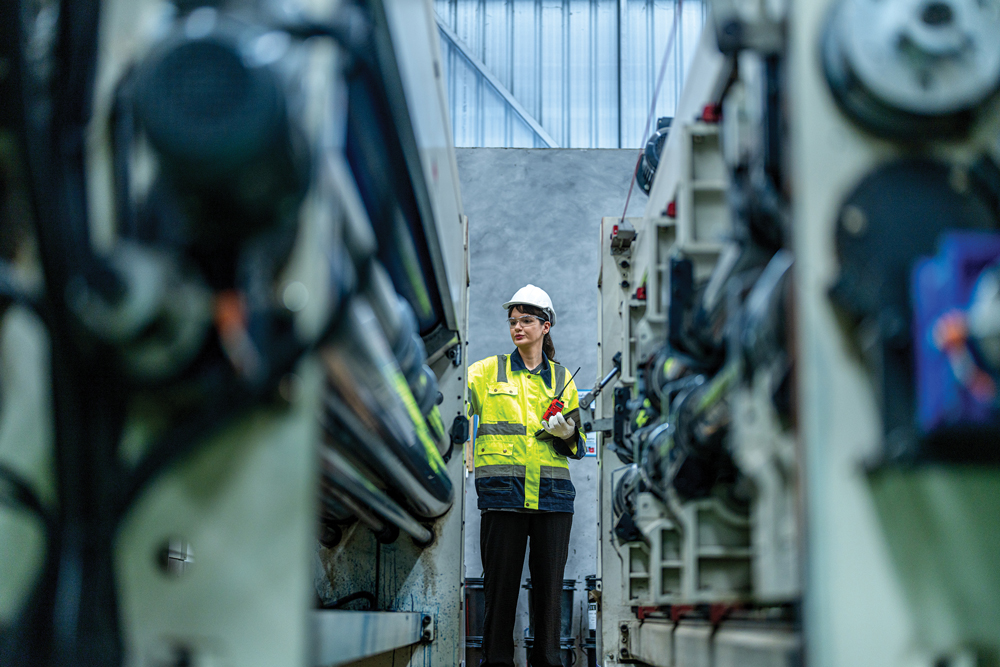
|
|
DIRECTORY
Manufacturing Extension Partnership Directory
If you are a manufacturer who’s not in touch with your state’s designated Manufacturing Extension Partnership organization (MEP), you literally do not know what you’re missing. Use this tool to connect to them today.
|
|
|
|
|
|
|
ADVERTISEMENT

|
|
|
|
|

Image by dkosig: Getty Images
|
|
Via a post from Ellen Harpel of Smart Incentives we learned about the release of a new report from the Organization for Economic Cooperation and Development (OECD) that updates the OECD Tax Incentives Database, which focuses on corporate income tax (CIT) incentives for investment in 70 mostly emerging and developing economies. Among the findings in the 35-page report:
- Tax exemptions are the most widely used CIT incentive instrument across countries in the database. “Eighty-nine percent of all economies covered in the 2024 edition use at least one CIT incentive in the form of a tax exemption,” the report states. “Tax allowances and reduced CIT rates are also common but less so than exemptions (71% and 67% of all economies use them, respectively). Tax credits are used in one out of every three economies … The widespread reliance on income-based instruments across economies is concerning, as these instruments tend to be less cost-effective than expenditure-based incentives (tax allowances and tax credits).”
- Special economic zones (SEZs) are more often associated with tax exemptions than with any other instrument.
- More than half (58%) of all investment tax incentives in the database combine multiple eligibility conditions. “This can support more precise project or investor targeting and reduce fiscal costs, but can result in complex designs that can make incentives less transparent for investors, policymakers and the general public.”
|
|
|
|
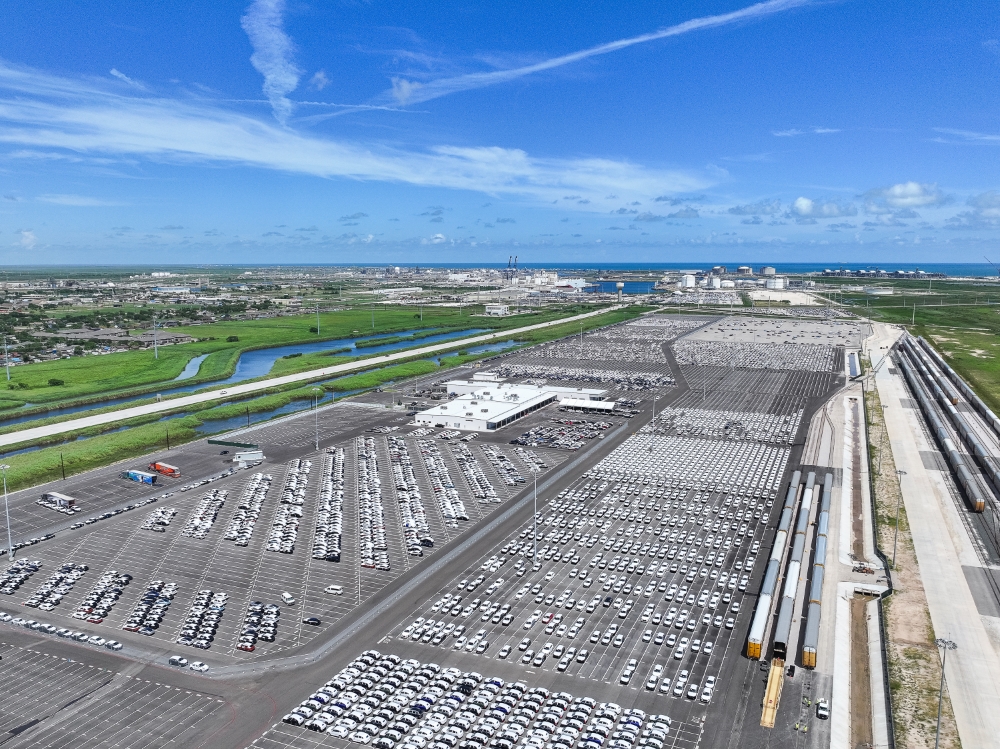
Photo courtesy of Volkswagen Group of America
|
|
Reuters reported earlier this week that Volkswagen’s Audi “is holding its cars which arrived after April 2, when Donald Trump announced a 25% tariff on autos imports, in U.S. ports.” As it happens, Volkswagen Group of America in October hosted a grand opening for a new $114 million, 110-job port facility (pictured) at Port Freeport in Texas, where up to 140,000 vehicles a year will be processed for Volkswagen, Audi, Bentley, Lamborghini and Porsche, supporting approximately 300 dealers in the Central and Western United States.
|
|
|
|





